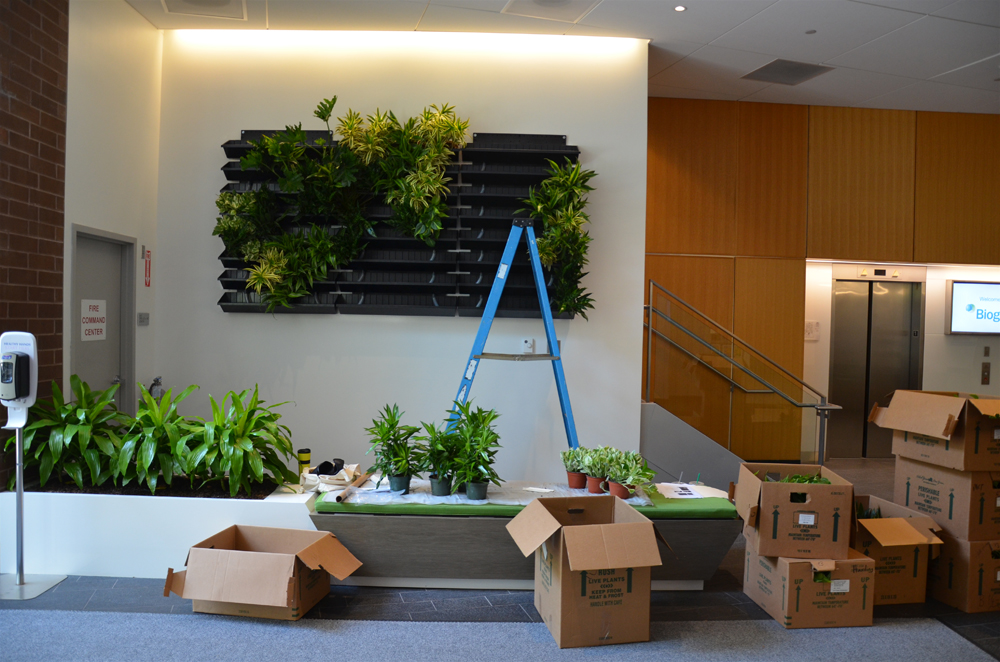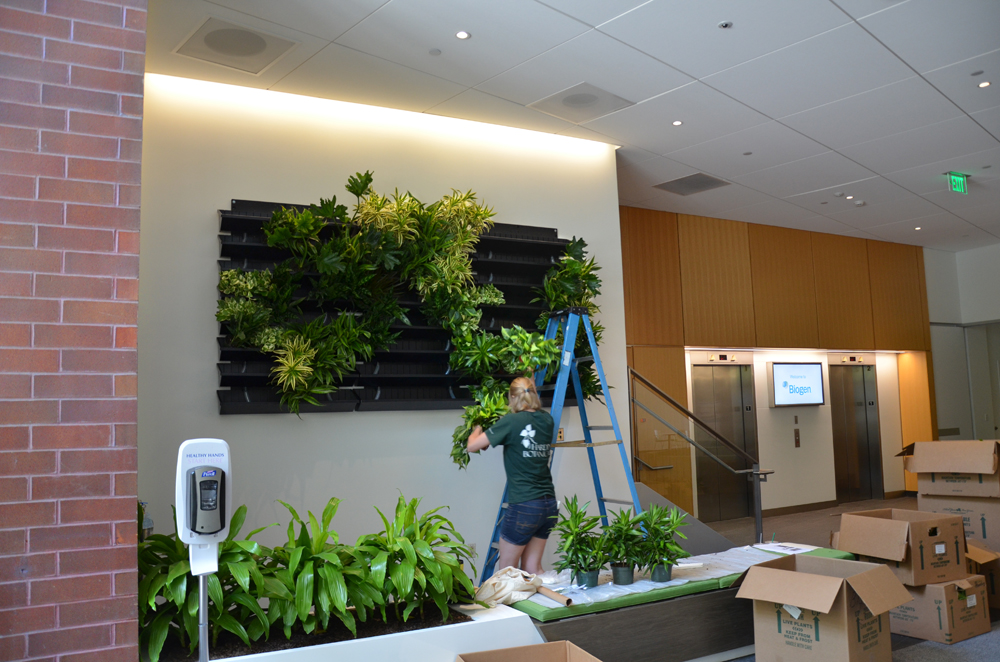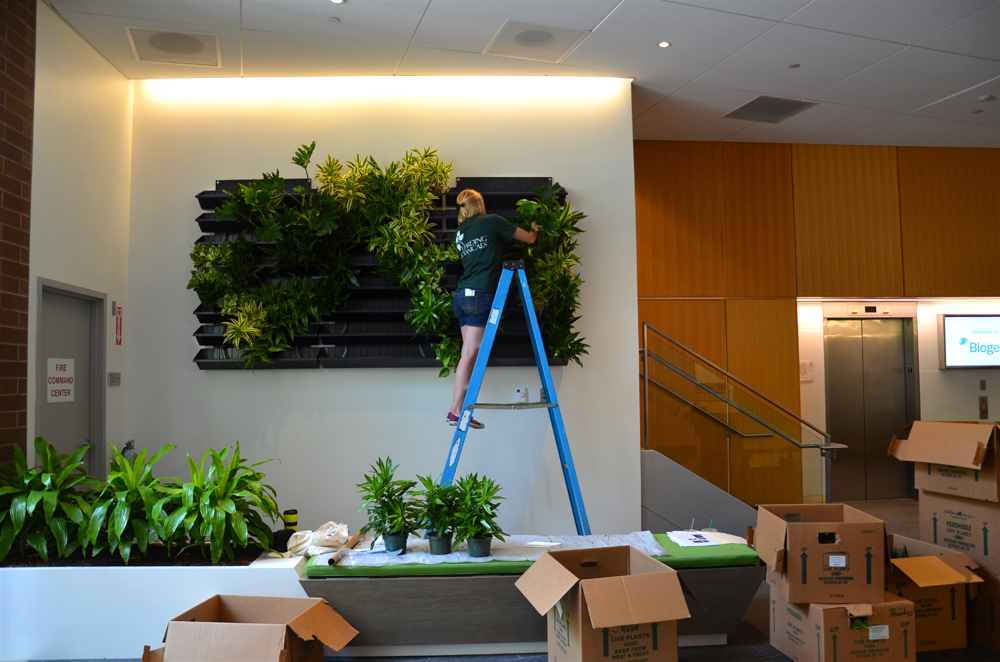Being in the plant industry you get to see a lot of different plants, but since the very beginning one of my absolute favorite plants has been the Ficus Lyrata (Ficus pandurata), commonly known as the Fiddle Leaf Fig! I just love how big the leaves are and how much of a statement the plant is!
It's becoming a very popular plant in homes and offices so I figured now would be a great time to provide some tips on how to care for them and keep them happy!!
*These plants are considered poisonous and should be kept away from pets and children*
Light & Temperature: These beautiful specimens require bright, filtered light. Though they can tolerate some direct sun light (too much sun will cause their leaves to fade and lose their dark green color). When kept too dark the plant will rapidly begin to fail. Keep temperatures between 60 - 75°F. Avoid temperatures lower than 55°F
*Keep turning your Lyrata to keep it growing straight and evenly on all sides
Water: The right watering is key to this plant. Water when the top soil become slightly dry. I like to give my Lyrata about 1 to 1.5 cups of water each week. But make sure to test the soil fist with your fingers to makes sure that the top soil has dried. (keep in mind that the frequency of water and the amount of water changes through out the seasons and the levels of humidity)
*Make sure to never over water your Lyrata there is no going back one this plant is over watered. But on the other had allowing the soil to dry out too much will cause the plants leaves to turn brown. Cut down on watering during the Winter months.
Soil: Make sure that your soil is a well draining soil, this type of soil could include part bark and perlite. Only re-pot your ficus when it is young and still growing. Once it reached maturity you only need to replace the top soil each year.
Fertilizer: Unlike most Ficus trees this plant does not require much fertilizer. Only feed diluted liquid fertilizer to plant once a month only during the spring and summer months (their growing months).
Pests & Cleaning: The Ficus Lyrata is susceptible to many pests: mealy bug, thrip, whitefly, spidermite, fungus gnats, and aphids. Spray your Lyrata bi-weekely with warm soapy water to ward off any of these pests that live on the plants leaves. Keeping the leaves clean and dust free will also allow the leaves absorb more light.
** A Ficus Lyrata has a level #1 toxicity**
For other great tips about the Ficus Lyrata visit: House Plant 411, Spruce, and House Plants Expert



















